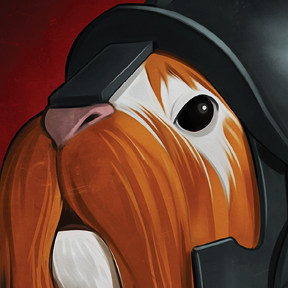Welcome to the Onshape forum! Ask questions and join in the discussions about everything Onshape.
First time visiting? Here are some places to start:- Looking for a certain topic? Check out the categories filter or use Search (upper right).
- Need support? Ask a question to our Community Support category.
- Please submit support tickets for bugs but you can request improvements in the Product Feedback category.
- Be respectful, on topic and if you see a problem, Flag it.
If you would like to contact our Community Manager personally, feel free to send a private message or an email.
Gears in engineering drawings
 Ste_Wilson
Member Posts: 529 EDU
Ste_Wilson
Member Posts: 529 EDU
in Drawings
Hello,
I had a quick search and couldn't find quite what I wanted to know.
Back in't day gears, as per BS8888 were often shown in engineering drawings as a circle with a PCD, possibly with an area showing two or three teeth.
Much the same way threads aren't drawn, but tramlines are. Setting up 'gear trains' would just be a case of matching up the pitch circles.
For modeling of the teeth there is the wonderful Spur Gear Feature Script (THANK YOU) but is there a 'cosmetic' gear option that could be attached to a disk?
Or am I just being set in my ways? Just model it, show it, and attach a note?
Ste
I had a quick search and couldn't find quite what I wanted to know.
Back in't day gears, as per BS8888 were often shown in engineering drawings as a circle with a PCD, possibly with an area showing two or three teeth.
Much the same way threads aren't drawn, but tramlines are. Setting up 'gear trains' would just be a case of matching up the pitch circles.
For modeling of the teeth there is the wonderful Spur Gear Feature Script (THANK YOU) but is there a 'cosmetic' gear option that could be attached to a disk?
Or am I just being set in my ways? Just model it, show it, and attach a note?
Ste
Tagged:
0
Comments
The 3D CAD is really for reference in your CAD assemblies. It's helpful to check things like clocking of features relative to the teeth.
Simon Gatrall | Product Development Specialist | Open For Work
So just show the teeth on the drawing, as it's easy to generate in the model, and refer to the table!
I designed a few transmissions for children's products over the years. The gears were injection molded, and powder sintered metal. In my design, I drew the gears as simple circles at the pitch circle diameter. That's what went in the assemblies, and what drove the parametric design of the transmission case. On the 2D drawing of the gear, I used tables like shown above. The gear vendors have their own gear specific software and machines that forms the teeth. They are not following a 3D CAD model that has teeth modeled, at least in my experience.
I've asked my students to do a small project that might involve a simple gear train, probably 3d printed, BUT I'm also trying to get them to do best practice on engineering drawings, WORK TO RECOGNISED STANDARDS as the qualification spec repeatedly tells me.
I may be overthinking this.